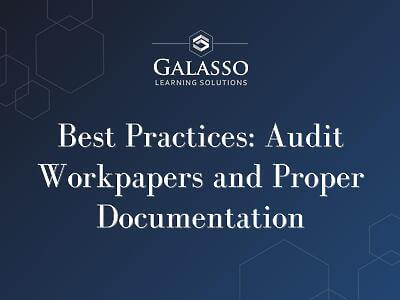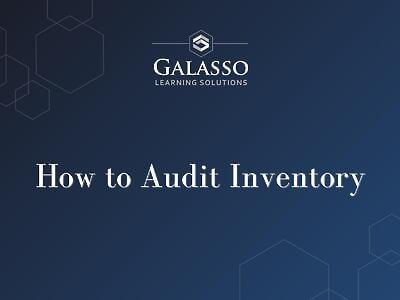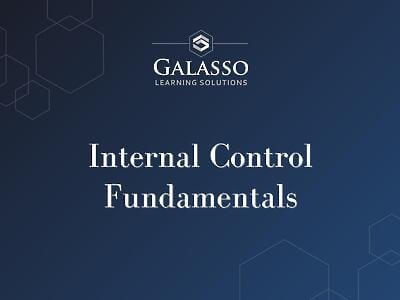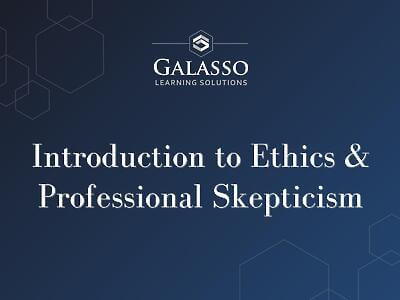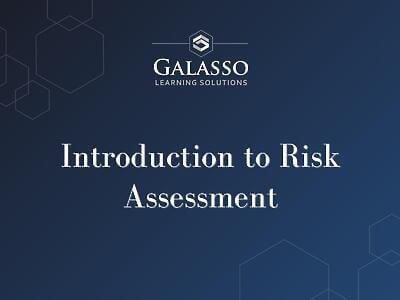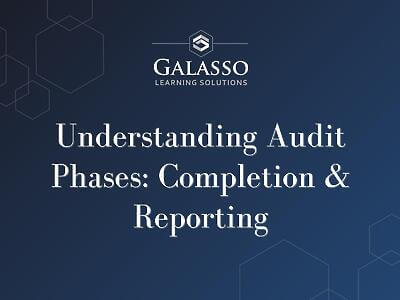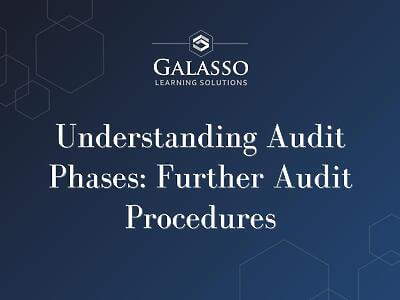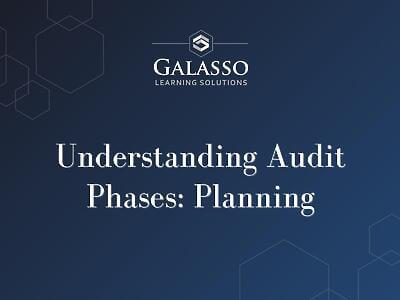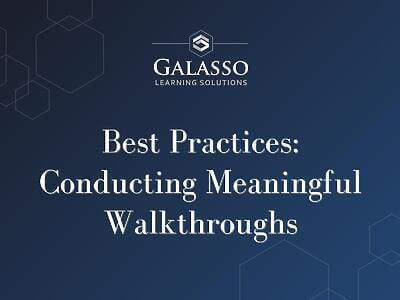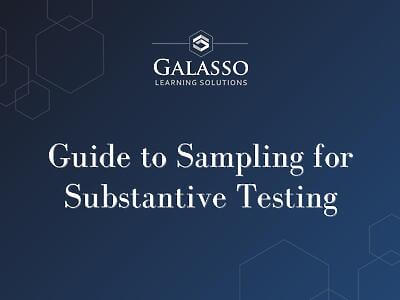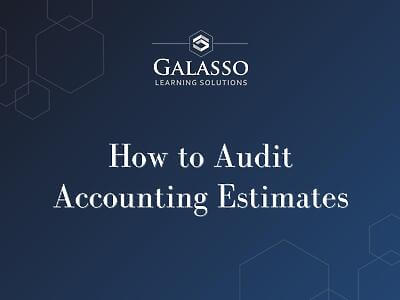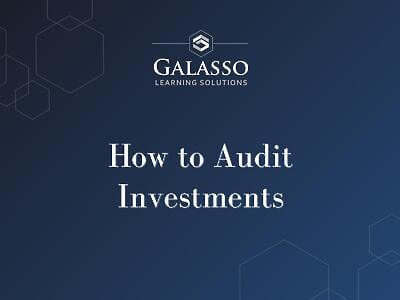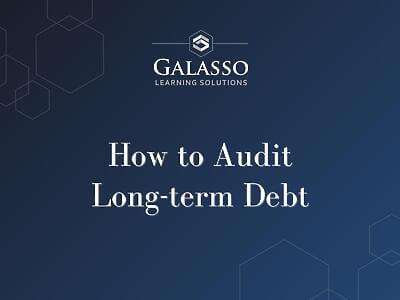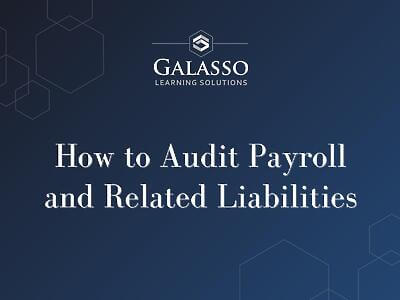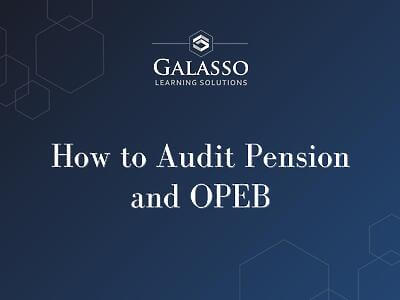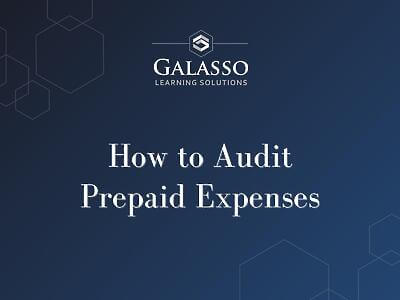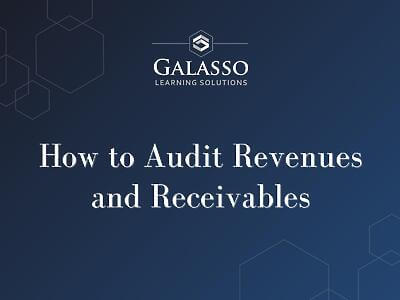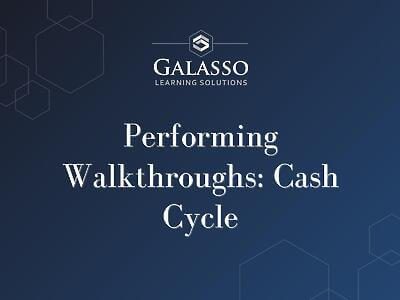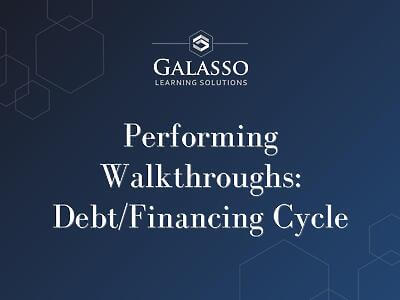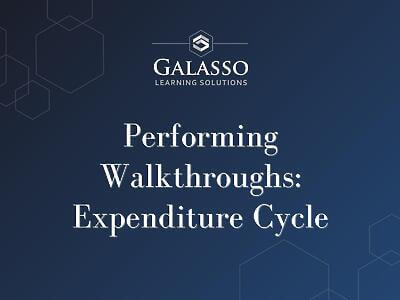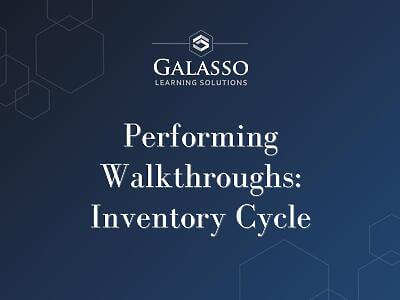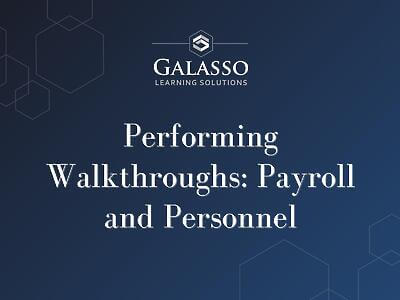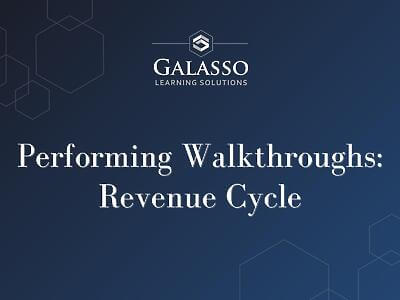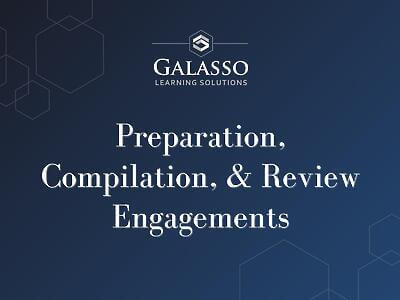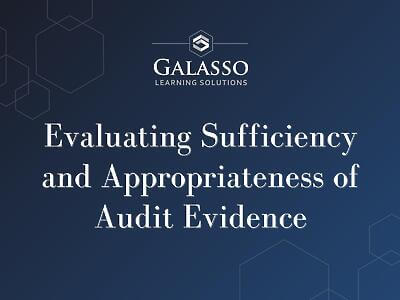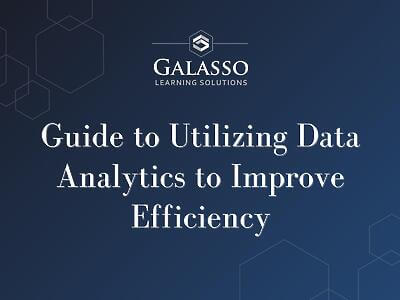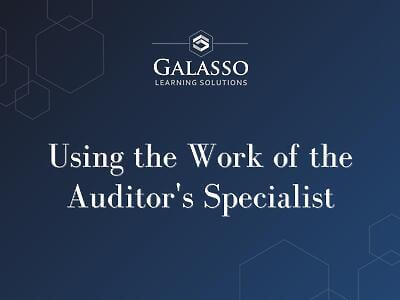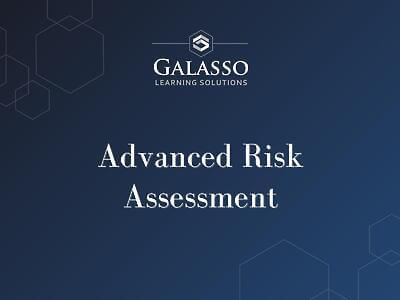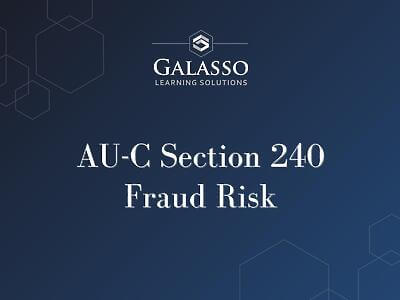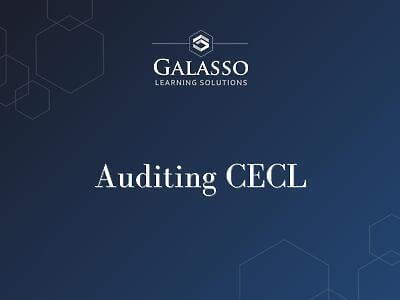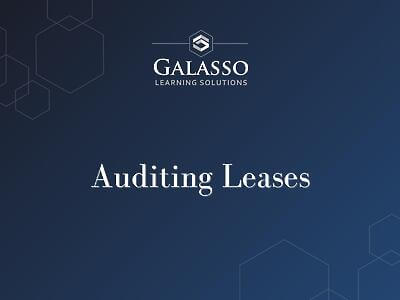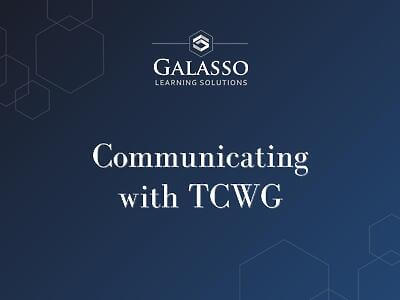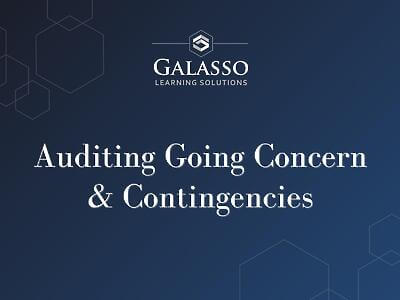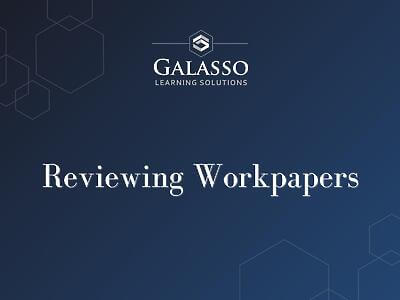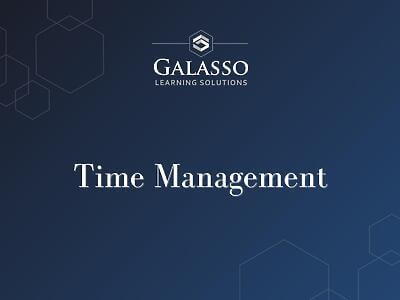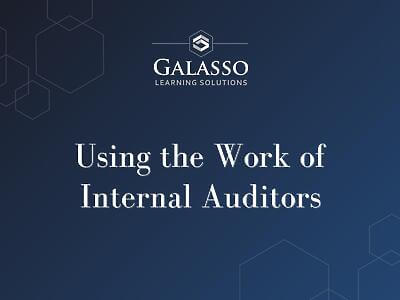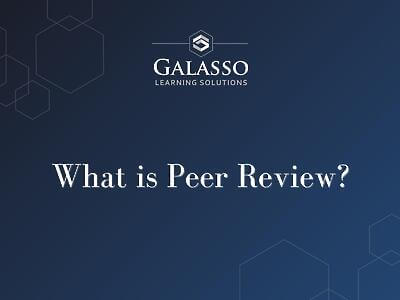Melisa Galasso, CPA, CSP, CPTD
Melisa F. Galasso is the founder and CEO of Galasso Learning Solutions LLC. A CPA with nearly 20 years of experience in the accounting profession, Melisa designs and facilitates courses in advanced technical accounting and auditing topics, including not-for-profit and governmental accounting.
Her passion is providing high-quality CPE that is meaningful, creates efficiencies and improves quality, and positively impacts ROI. She also supports essential professional development, audit level training, and train the trainer efforts.
Melisa is a Certified Speaking Professional, a Certified Professional in Talent Development (CPTD), and has earned the Association for Talent Development Master Trainer™ designation. Her passion for instructional design and adult learning techniques is one of the differentiators that set her apart from other CPE providers.
She also serves on the FASB’s Not-for-Profit Advisory Committee (NAC), AICPA Council, and the AICPA’s Women’s Initiative Executive Committee (WIEC). She also serves as a Subject Matter Expert for the Center for Plain English Accounting. She previously served on the AICPA’s Technical Issues Committee (TIC), the VSCPA’s Board of Directors, and is a past Chair of the NCACPA’s A&A committee. In addition, Melisa is the author of Money Matters for Nonprofits: How Board Members Can Harness the Power of Financial Statements by Understanding Basic Accounting which is available on Amazon or anywhere you purchase books online.
Melisa received a Top 50 Women in Accounting Award in 2021 by Ignition, is a 2020 Enterprising Women of the Year Award recipient, and was honored as a “40 under 40” by CPA Practice Advisor in 2017, 2018, and 2019. She was also named the 2019 Rising Star by her regional NAWBO chapter, received the Don Farmer award for achievement in technical content instruction, and earned several other awards for public speaking and technical training.

